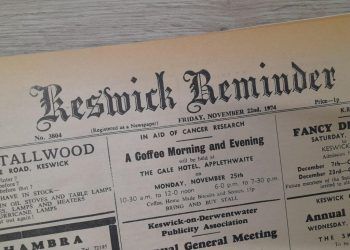
A record number of buried treasure troves were discovered in Cumbria in 2019, figures reveal.
Fortune hunters and metal detectorists made 25 discoveries over the year, data from the British Museum and the Department for Digital, Culture, Media and Sport shows – the largest haul since records began in 2012.
A total 95 finds were reported in Cumbria over the eight-year period.
The Treasure Act currently defines treasure as finds older than 300 years and made of gold or silver, or found with artefacts made of precious metals.
But the Government announced in December that a new definition would be introduced to protect treasure from being lost to the public.
It would see artefacts defined as treasure if they are “of historical or cultural significance”.
The move followed the growth in popularity of metal detecting, which brought to light a number of Roman finds that do not meet the current criteria for the definition of treasure, the DCMS said.
Culture minister Caroline Dinenage said: “The search for buried treasures by budding detectorists has become more popular than ever before and many ancient artefacts now see the light of day in museums’ collections.
“However it is important that we pursue plans to protect more of our precious history and make it easier for everyone to follow the treasure process.”
Anyone who thinks they have struck a hidden horde has to tell the coroner within two weeks, so they can hold an inquest to decide who will receive the items.
If they do not, they face an unlimited fine or up to three months behind bars.
Local and national museums are given the chance to purchase any pieces a coroner rules as treasure.
But the finder doesn’t leave empty-handed – they will be paid a sum depending on the haul’s value. In 2019, a record 1,311 treasure troves were reported across England, Wales and Northern Ireland – 48 of which came from the North West.
Metal detecting was the best way to unearth lost treasure, according to the figures.
The devices tracked down 96 per cent of finds in 2018, the most recent year with details on how the objects were discovered.
A further three per cent – 29 cases – were archaeological finds and seven from field walking or scouring streams and shores.
In 2019-20, a survey of 1,058 adults in the North West found 0.9 per cent had taken part in metal detecting at least once in the previous year. This compares to an estimated 1.8 per cent of adults across England.








